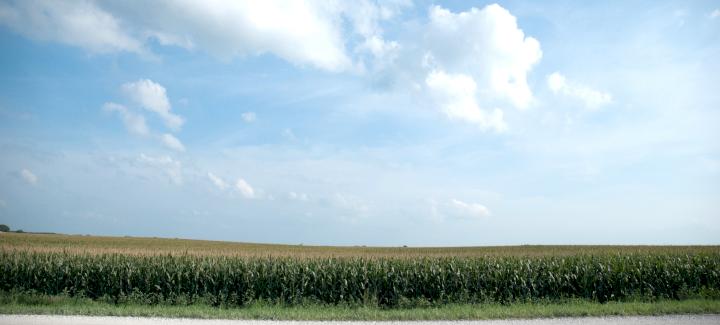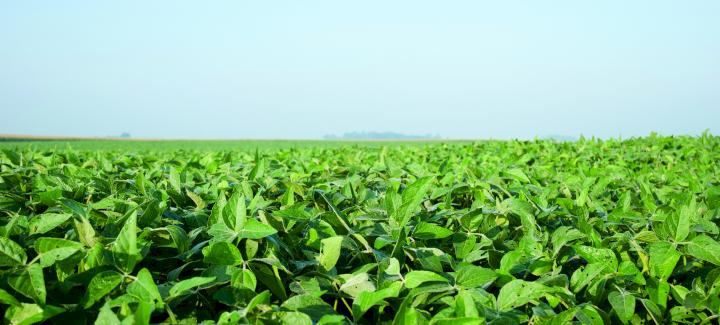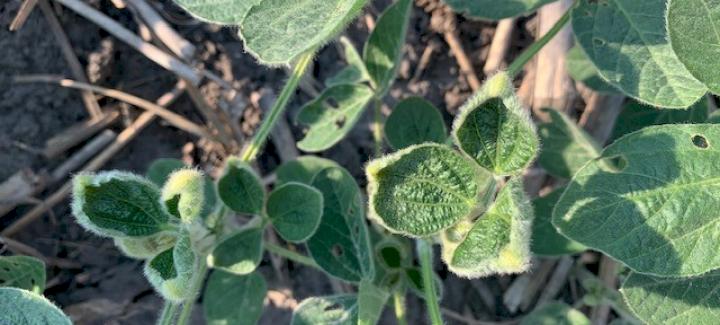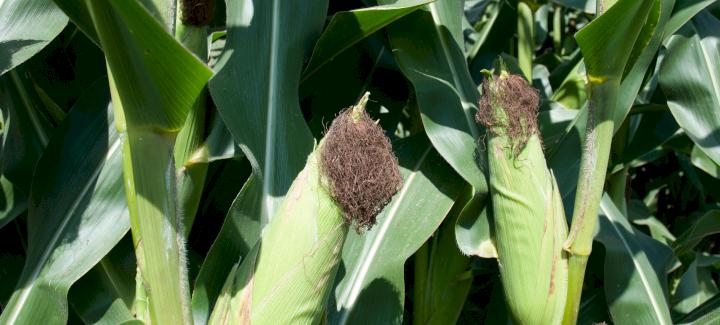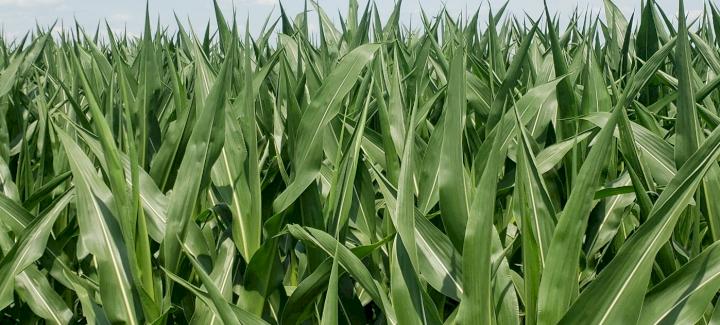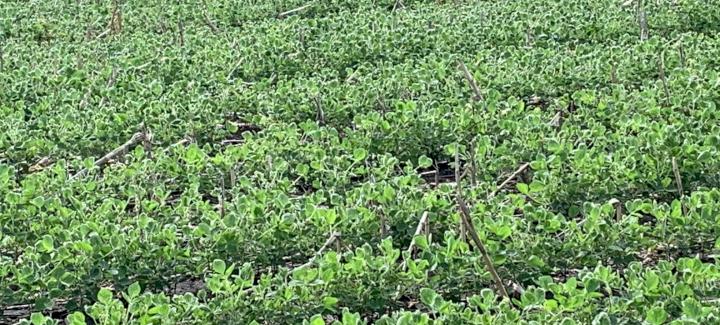Stine Seed Blog
Stine’s Ask the Agronomist blog is your source to the latest information from our expert team, including advice and insight on field practices, product recommendations, planting and harvest updates, new technologies, crop management, innovative research and information about how to keep your farm operation running smoothly year round.
-

Download the New Stine® Seed App
September 2021 in General
-

Introducing MX Series Corn by Stine®
September 2021 in Agronomy
-

Visit Stine® at the 2021 Farm Progress Show
August 2021 in General
-

Introducing the 2022 Stine Seed Company Catalog
August 2021 in General
-

Be on Alert for These Late-Season Corn Diseases
August 2021 in Agronomy
-

Stine® Soybean Spotlight
August 2021 in Agronomy
-

Lab Results Confirm Dicamba Damage to Stine® Soybean Plots
July 2021 in Agronomy
-

Stine® Corn Spotlight
July 2021 in Agronomy
-

Stine® Offering Dicamba Damage Testing at No Charge to Customers
July 2021 in Agronomy
-

Part 2: Crop Progress Roundup
July 2021 in Agronomy
-

Scouting for Crop Injury Related to Dicamba
July 2021 in Agronomy
-

Part 1: Crop Progress Roundup
June 2021 in Agronomy




